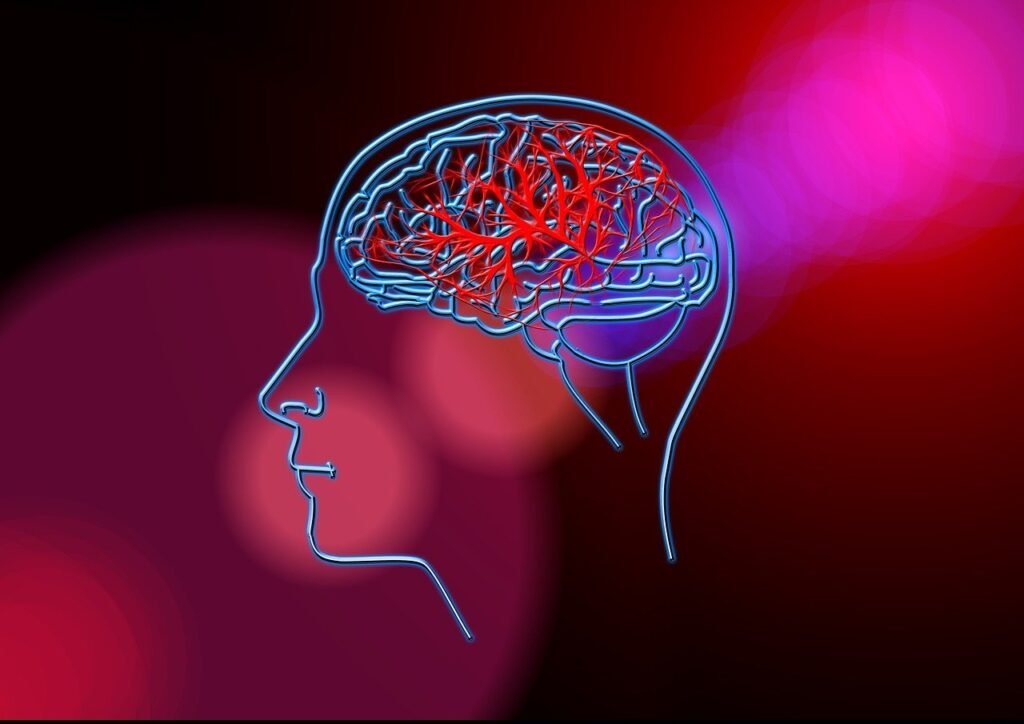What comes to mind when you hear the words “blood flow,” “vasoconstriction,” and “recovery”? You might be thinking of working out, healing from an injury, or even just simply the body’s response to various activities. The truth is, these concepts are interconnected and play vital roles in how your body functions day in and day out. Let’s unravel this intricate web together.

Understanding Blood Flow
When we think about blood flow, we often picture it rushing through veins and arteries, carrying the essential nutrients and oxygen that your cells need to thrive. Blood flow isn’t just about the speed; it’s about efficiency and distribution. Your body has a complex network of blood vessels, and how well they work affects your overall health.
The Mechanics of Blood Flow
The heart is the powerhouse of your circulatory system; it pumps blood through your arteries and veins. You have a three-part system: arteries carry oxygen-rich blood away from the heart, veins bring deoxygenated blood back, and capillaries allow for the exchange of gases and nutrients. When you’re active, your body requires more oxygen and nutrients, so it increases blood flow to the muscles needing them.
Factors Influencing Blood Flow
There are many variables impacting blood flow, including age, activity level, and even emotional states. For instance, when you exercise, your heart rate increases, accelerating blood circulation. Conversely, stress can constrict blood vessels, restricting blood flow. Understanding how these factors work can empower you to make choices that enhance your circulation, particularly during recovery.
What is Vasoconstriction?
Vasoconstriction is a term you might not hear often, but it’s a significant physiological process that can affect how your body responds to various situations. In simple terms, when your blood vessels constrict, blood flow decreases in certain areas.
How Vasoconstriction Works
Vasoconstriction occurs when the smooth muscles surrounding the blood vessels tighten up. This can happen due to several reasons, such as cold temperatures or stress. Your body instinctively does this to maintain core temperature and control blood pressure. While it might sound alarming, it’s a natural and important defense mechanism.
The Role of Vasoconstriction in Recovery
During times of injury, vasoconstriction serves to minimize blood loss. However, understanding how this process affects recovery is essential. While it can be beneficial initially, prolonged vasoconstriction can impede healing by reducing the oxygen and nutrient supply to the affected area.
Recovery: The Importance of Circulation
Recovery is more than just resting; it’s an active process that involves repairing tissues, replenishing energy stores, and reducing muscle soreness. Proper blood flow is crucial for effective recovery.
How Blood Flow Aids Recovery
When you engage in physical activity, tiny tears occur in your muscles. It’s during recovery that the body repairs these tears, leading to muscle growth and strength improvement. Adequate blood flow ensures that your body has sufficient nutrients to support this process. Furthermore, increased circulation helps clear out metabolic waste products like lactic acid, reducing soreness.
Timing and Techniques for Enhanced Recovery
Finding the right timing for recovery can make a world of difference. You can enhance your recovery process in several ways:
| Technique | Description | Benefits |
|---|---|---|
| Hydration | Staying hydrated aids blood flow and nutrient delivery | Reduces fatigue, promotes healing |
| Compression Garments | Wearing compression clothing may enhance blood flow | Decreases swelling and soreness |
| Active Recovery | Low-intensity exercise encourages blood circulation | Helps clear toxins, aids flexibility |
| Proper Nutrition | Eating nutrient-rich meals supports muscle repair | Replenishes energy stores |
The Interplay Between Vasoconstriction and Recovery
Understanding how vasoconstriction affects recovery can greatly influence your approach toward rehabilitation strategies post-injury or strenuous exercise.
The Importance of Timing in Vasoconstriction
While vasoconstriction helps prevent excessive bleeding after an injury, it can also slow down recovery if your body remains in that state for too long. Gentle warming of the injured area can promote vasodilation, which enhances blood flow and accelerates the healing process.
Techniques to Manage Vasoconstriction for Better Healing
You can actively help your body manage vasoconstriction during recovery:
-
Heat Therapy: Applying warmth to an injured area can facilitate vasodilation, increasing blood flow. Heat can be a great way to relax tense muscles and improve circulation.
-
Gentle Movement: Engaging in low-impact activities encourages circulation to reach various parts of the body without stressing your muscles, promoting healing while minimizing vasoconstriction.

The Role of Hormones in Blood Flow and Vasoconstriction
Hormones play a crucial role in regulating blood flow and vasoconstriction. When you understand how these hormones function, it can empower you in your wellness journey.
Key Hormones Involved
Several key hormones influence blood vessels and circulation:
| Hormone | Function | Impact on Blood Flow |
|---|---|---|
| Epinephrine | Released during stress or exercise, causing vasodilation in muscles. | Increases blood flow during activity. |
| Norepinephrine | Causes vasoconstriction in non-essential areas. | Redirects blood flow as needed. |
| Vasopressin | Increases blood pressure by promoting water retention and vasoconstriction. | Aids in blood flow regulation. |
Balancing Hormonal Effects for Better Health
Maintaining a balance of these hormones can help you optimize blood flow and recovery. Stress management techniques, such as meditation and breath control, can positively impact your hormonal balance.
Nutrition’s Impact: Foods That Boost Blood Flow
What you eat can significantly affect your blood flow and recovery efficiency. Understanding which foods promote circulation can help you develop a diet that enhances your overall wellness.
Nutrient-Rich Foods for Better Circulation
Certain foods contain specific nutrients that help improve blood flow:
| Food | Nutrients | Benefits |
|---|---|---|
| Berries | Antioxidants, flavonoids | Reduce inflammation, improve circulation |
| Citrus Fruits | Vitamin C, flavonoids | Strengthens blood vessels, improves flow |
| Beets | Nitrates | Help dilate blood vessels |
| Leafy Greens | Iron, potassium | Improve blood flow and oxygen supply |
Incorporating Foods into Daily Meals
Aim to incorporate these foods into your daily diet. For instance, consider starting your day with a smoothie loaded with berries, spinach, and citrus, and include roasted beets in salads or as a side dish during meals.

Real-Life Applications: How to Put Knowledge into Practice
Now that you’ve got a grasp on blood flow, vasoconstriction, and recovery, how do you put this information into practice? It’s about creating habits that support your circulatory health day to day.
Scheduling Recovery Time
When you’re exercising, schedule time for proper recovery. This might mean implementing rest days in your routine or opting for gentler activities on certain days. Your muscles need that downtime to rebuild stronger.
Listening to Your Body’s Signals
Pay attention to how your body feels. If you notice consistent fatigue or soreness, it could indicate insufficient recovery. Understand when to ramp up action and when to pull back for optimal blood flow and healing.
Final Thoughts
Understanding blood flow, vasoconstriction, and recovery isn’t just for athletes or those dealing with injuries; it’s vital for everyone looking to maintain a healthy and active lifestyle. Appreciate the remarkable systems working tirelessly within you and recognize that small adjustments in your habits can lead to significant improvements in your health.
Empower yourself with this knowledge. It’s not just about reacting to your body’s needs but proactively supporting your circulatory health for lasting benefits. So, whether you are lifting weights, practicing yoga, or simply enjoying a walk, remember these concepts that underlie everything happening in your wondrous body. Your journey to better health starts here.


